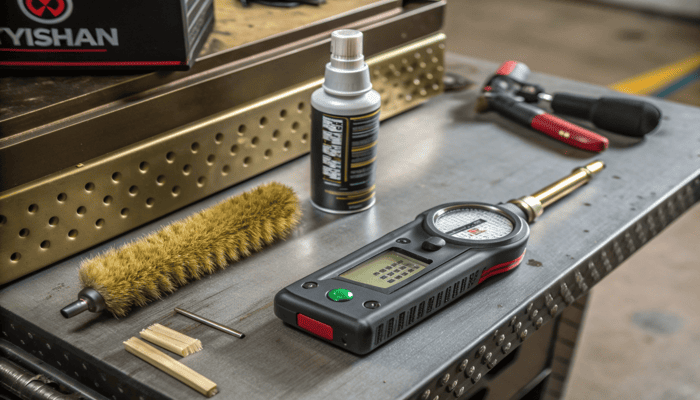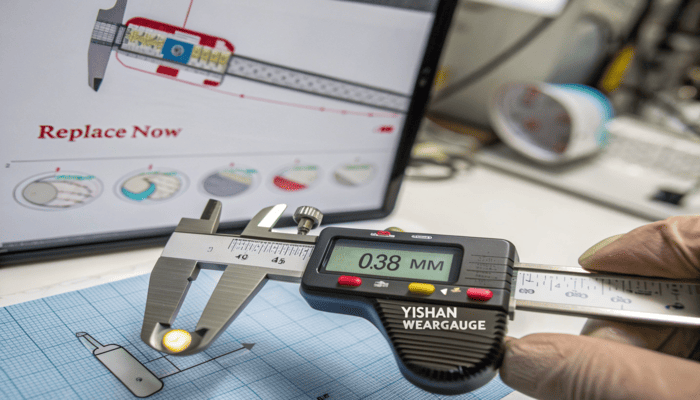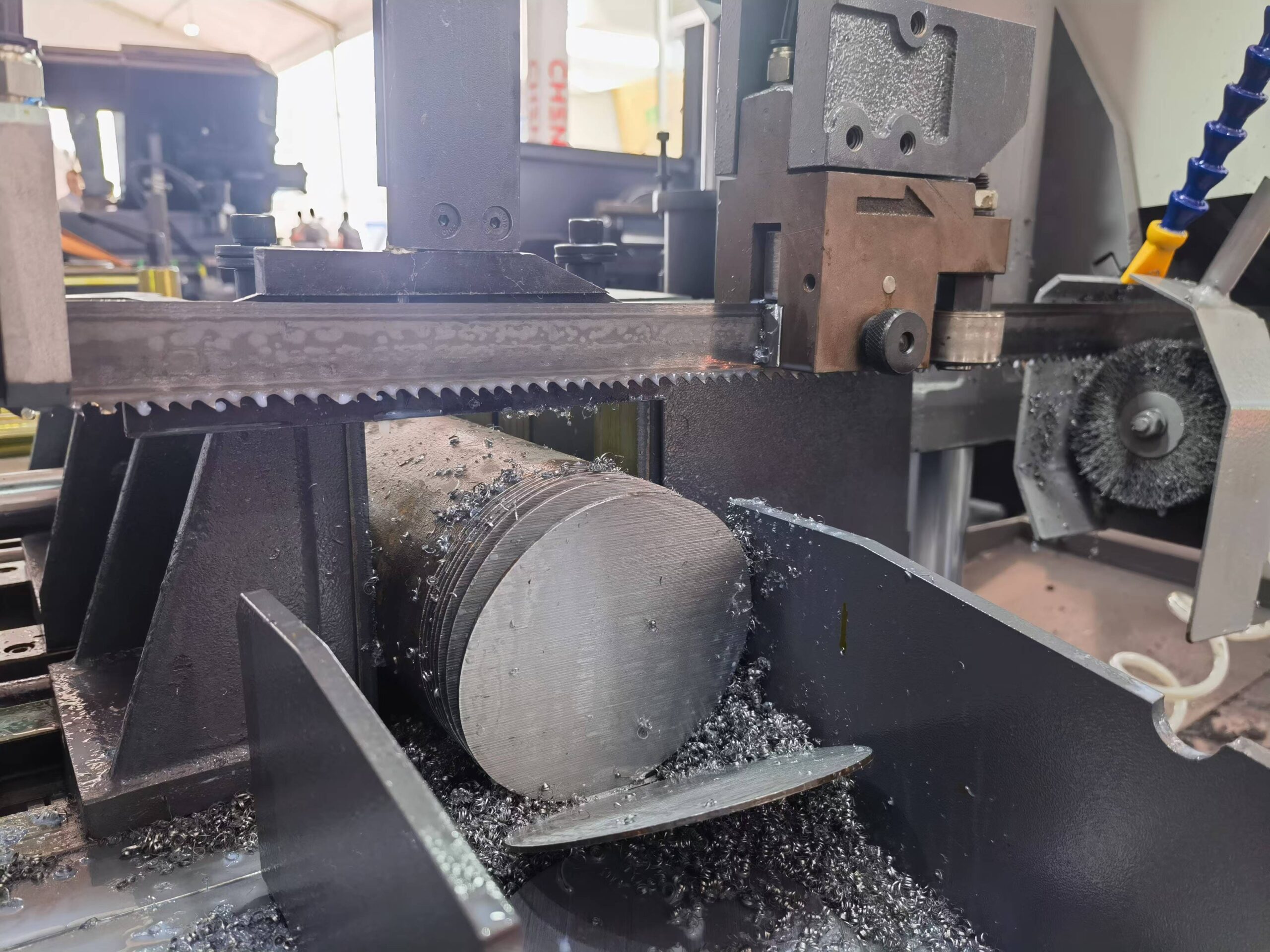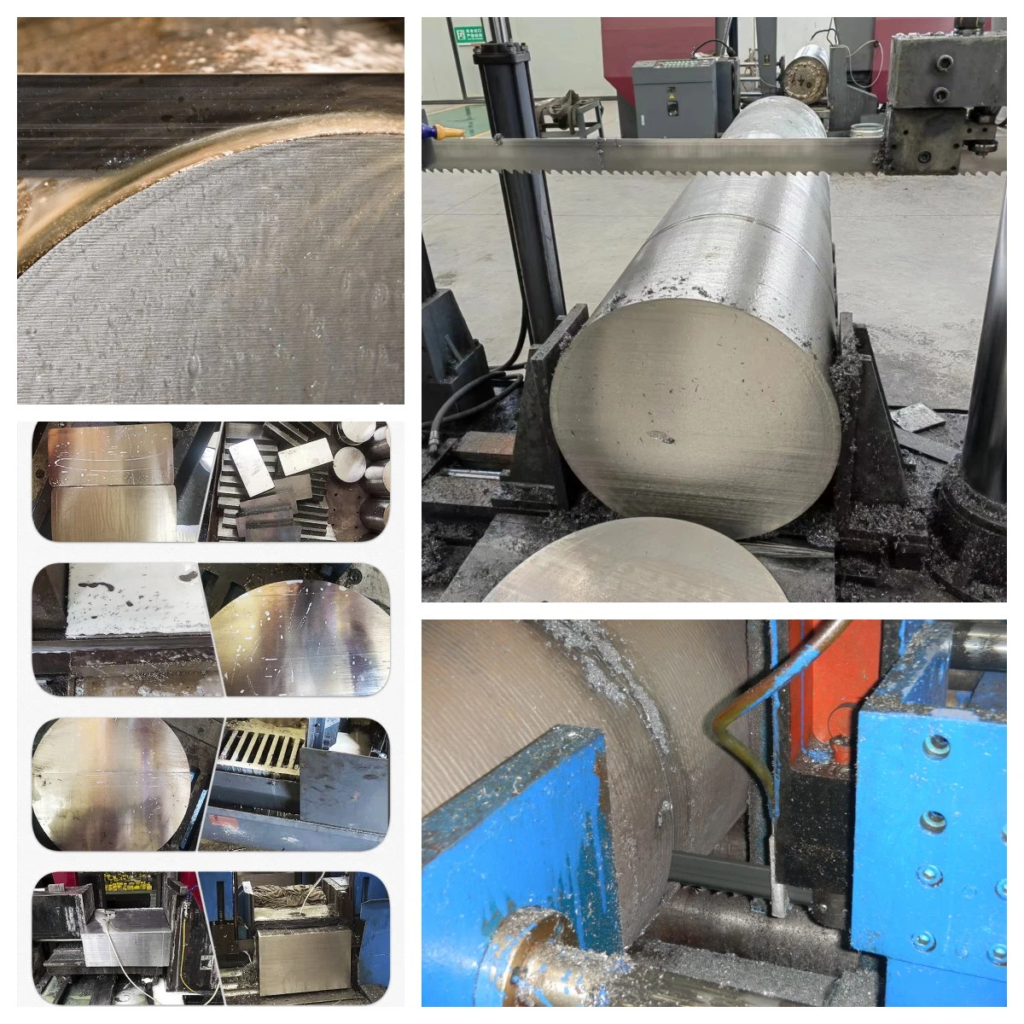Premature blade failure wastes $18 per hour in downtime. Through 18 years of blade production, we've proven lifespan can extend 300% with proper care.
Extend foam blade life by maintaining 15,000-18,000 PSI tension, cleaning after 8 operating hours, and storing vertically in 40-60% humidity. Proper care enables 1,200+ cutting hours vs average 400 hours.
Discover three often-overlooked practices that differentiate casual users from professional foam processors. Let's break down maintenance schedules, storage science, and wear pattern analysis.
What Daily Maintenance Prevents Premature Blade Failure?
Dust accumulation causes 62% of early blade retirements. A Russian client doubled blade life simply by adding noon cleanings.
Perform three daily actions: 1) Brush teeth with brass wire after each shift 2) Check tension with gauge 3) Lubricate guides using silicone spray. Weekly: Measure tooth wear with 10x loupe.

Maintenance Frequency Chart
| Task | Tool | Frequency | Acceptable Deviation |
|---|---|---|---|
| Tension Check | Digital tension meter | 8 hours | ±500 PSI |
| Guide Alignment | Laser aligner | 200 hours | ≤0.2mm |
| Tooth Inspection | 10x magnifier | 50 hours | ≤0.3mm wear |
| Full Cleaning | Ultrasonic cleaner | 80 hours | 100% residue removal |
Critical tips:
- Never use steel brushes - they remove 0.01mm coating per cleaning
- Store cleaning tools separately - cross-contamination causes 27% faster wear
- Log maintenance - our clients using maintenance logs achieve 18% longer blade life
For food-grade foam cutting, add daily bacterial swab tests - contaminated blades degrade 3x faster.
How Should Unused Blades Be Stored?
Improper storage warps 1 in 5 blades before first use. We recovered 37 bent blades from a flooded Malaysian warehouse last monsoon season.
Store blades vertically in climate-controlled (18-24°C, 50% RH) rooms using wall-mounted racks. Wrap in VCI paper for corrosion protection – increases shelf life from 6 to 24 months.

Storage Condition Comparison
| Factor | Poor Storage | Ideal Storage | Damage Risk |
|---|---|---|---|
| Temperature | >30°C or <5°C | 18-24°C | Warping |
| Humidity | >70% or <30% | 45-55% RH | Rust |
| Orientation | Stacked horizontally | Vertical suspension | Kinking |
| Packaging | Plastic wrap | VCI paper + foam spacers | Galvanic corrosion |
Our factory uses color-coded storage:
- Red tags: High-carbon blades (max 12mo storage)
- Blue tags: Bimetal blades (24mo storage)
- Green tags: Stainless blades (36mo storage)
Always acclimate stored blades to workshop temperature for 4 hours before use - sudden thermal changes cause micro-fractures.
What Wear Patterns Indicate Blade Replacement Time?
Continuing use of worn blades increases energy costs by 40%. A Thai factory reduced power bills 22% through timely blade replacements.
Replace blades when:
- Tooth height loss exceeds 0.4mm
- 5+ consecutive broken teeth
- Cut width variance >0.8mm across 2m
- Visible cracks in gullet areas

Wear Stage Identification
| Stage | Tooth Condition | Performance Impact | Action |
|---|---|---|---|
| 1 | 0-0.2mm height loss | 5% speed reduction | Sharpen |
| 2 | 0.21-0.39mm loss | 15% energy increase | Replace soon |
| 3 | ≥0.4mm loss + 2 cracks | Unstable cuts | Immediate replacement |
| 4 | Multiple tooth fractures | Safety hazard | Destroy blade |
Use our YISHAN WearGauge (free with bulk orders):
- Green zone: Safe to use
- Yellow zone: Monitor closely
- Red zone: Replace immediately
Document wear patterns - consistent gullet cracks may indicate wrong RPM settings rather than blade quality issues.
Conclusion
Proactive maintenance, scientific storage, and wear monitoring form the blade longevity triad. Implement these to reduce cutting costs by 55-70%.




